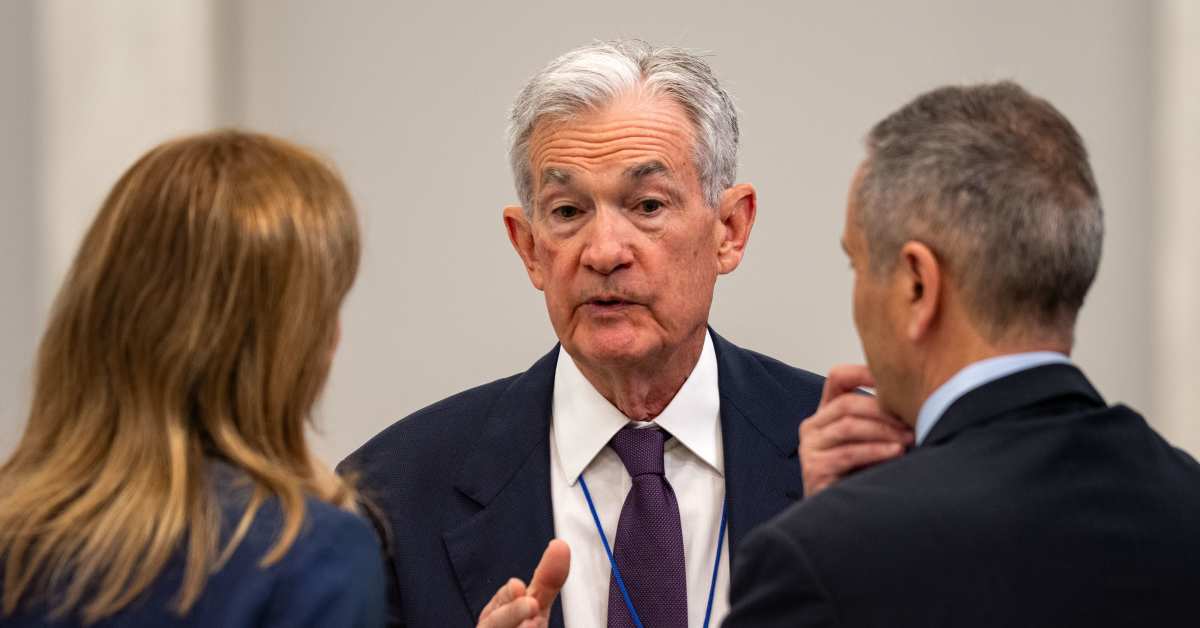Drowning in subscriptions? The average household juggles 12 monthly services, silently draining $200-300 from their budget. Learn how to master the subscription economy, cut unnecessary costs, and keep the convenience without breaking the bank—your wallet will thank you.

The Subscription Spiral: How "Small" Monthly Fees Are Eating Your Money
Remember when monthly bills were simple? These days, it feels like we're all unwitting participants in the great subscription explosion. Between streaming services, meal kits, fitness apps, and those oddly addictive monthly beauty boxes, our bank statements have turned into a novel-length list of recurring charges.
Let's talk about that sneaky "it's just $9.99" psychology. You know the pitch – "Skip that morning latte, and you can have unlimited entertainment!" Except now we're skipping a whole breakfast buffet worth of lattes because we're juggling an average of 12 different subscriptions. That's not a typo – twelve. And those "small" monthly fees? They're quietly morphing into a $200-300 monthly leak in our collective wallets.
The Convenience Tax Nobody Warned Us About
Here's what makes the subscription model so brilliant (and dangerous): It's mastered the art of making expensive things feel cheap. Take meal kit services – they're charging a 30-40% premium over grocery store prices, but wrap it in enough convenience messaging and suddenly we're nodding along, thinking we're saving money by not impulse-buying at the supermarket. Spoiler alert: We're probably not.
And don't even get me started on beauty boxes. Sure, that $25 monthly fee seems reasonable for "over $100 worth of products!" But let's be honest – how many sheet masks and mini serums does one person need? The "surprise and delight" factor often masks what's really happening: paying premium prices for products we might never have bought otherwise.
The Hidden Costs Nobody Talks About
Think you're paying just the advertised monthly fee? Think again. Between those sneaky auto-renewals (always at the worst possible time), "free trials" that mysteriously convert to premium plans, and the classic "price adjustment" emails we all love to ignore, subscriptions have more hidden costs than a budget airline ticket.
Then there's the overlap problem. How many streaming services do you need to watch that one show everyone's talking about? Between Netflix, Disney+, HBO Max, and whatever got rebranded this week, we're basically paying multiple times for the privilege of hunting through different apps for something to watch.
Getting Smart About Subscriptions
Now, I'm not suggesting we all go full digital hermit and cancel everything. The key is being strategic. Start with a subscription audit – and brace yourself, because most people discover they're spending about 40-50% more than they thought. Make a list, convert those annual fees to monthly costs (yes, that $99 annual fee is $8.25 per month), and prepare for some mild shock.
Here's a trick that works: The Rule of Three. For each category (entertainment, food, fitness, etc.), limit yourself to three services maximum. It forces you to prioritize what you actually use versus what you're keeping around "just in case." You might realize that your $15 monthly meditation app works just as well as the free one that came with your phone.
The Family Plan Hack (Even If Your "Family" Is Just Your Roommates)
Speaking of smart moves, let's talk about family plans. A Spotify family plan shared between six people brings the cost down to about $2.67 per person – compared to the regular $9.99 individual price. That's some serious savings for the same service. Just make sure your "family members" are reliable with their share of the payment.
The Annual vs. Monthly Debate
Companies love to push annual subscriptions with that tempting 15-20% discount. But here's the catch: Annual commitments can actually increase overall spending by removing the regular "do I really need this?" check that monthly billing provides. Save the annual subscriptions for services you're absolutely certain about – like that password manager you finally started using after the great password panic of 2023.
Breaking Free from Subscription Fatigue
The subscription economy isn't going anywhere, but that doesn't mean we have to play by their rules. Start by setting a subscription budget – maybe 5% of your monthly spending money. Then get ruthless with the evaluation: Does this service provide unique value? When was the last time you actually used it? Could you get the same benefit for less elsewhere?
Check your workplace benefits too – you might be paying for services your employer already offers for free. And don't forget about your local library's digital services. They've come a long way from just lending books – many now offer free streaming services and digital content that rival paid subscriptions.
The Bottom Line
Living in the subscription economy doesn't mean we have to let it drain our wallets. It's about being intentional with our choices and regular with our reviews. Think of it like digital decluttering – sometimes you need to clear out the apps you downloaded during that ambitious "new year, new me" phase to make room (and money) for what really matters.
Remember: Convenience is great, but not at the cost of your financial peace of mind. The most valuable subscription you can have? A regular date with your banking app to review where your money's actually going. Now that's what I call a worthy investment.